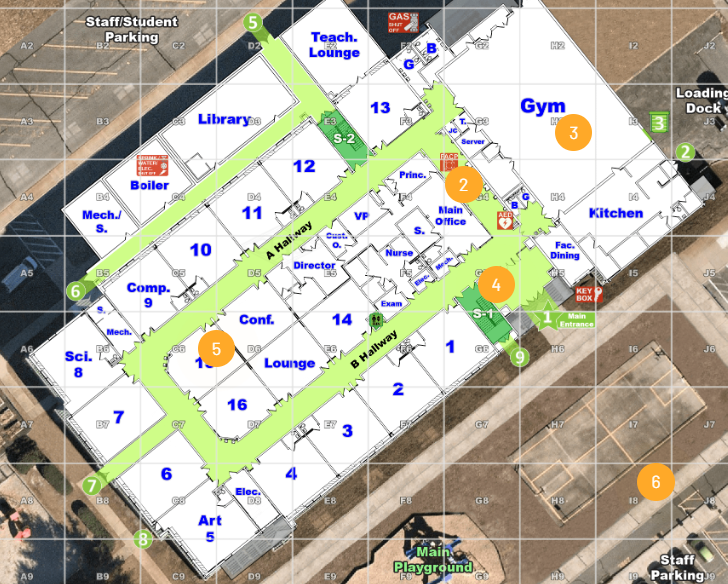BedSync Launch Amid Growing Emergency Preparedness Needs: Why Timely Capacity Reporting Matters Now
- Sarah o'Neill

- Aug 31
- 2 min read
Updated: Sep 1
Juvare has put forward BedSync, a new tool meant to streamline hospital bed-capacity reporting to the CDC, framed as a timely aid for disaster readiness—but in practice, it raises important questions for preparedness professionals.
Juvare, a global provider of emergency preparedness and response technology, unveiled this software on July 1, 2025. BedSync automates real-time, API-driven reporting from its EMResource platform directly to the CDC’s National Healthcare Safety Network (NHSN), stopping short of manual entry and instead pushing data every 15 minutes as needed — all without interrupting clinical workflows.
“This launch represents a major step forward in supporting state and federal agencies with the timely, accurate data they need to make life-saving decisions,” said Sam Klietz, Chief Revenue Officer at Juvare. “With BedSync, facilities can easily participate with the NHSN Bed Connectivity Initiative without impacting the valuable time needed for patient care.” Juvare provides situational awareness and critical incident preparedness systems—its EMResource platform is already used across 24 states—making it a significant player in public-health resilience.
The Emergency Chainer sees a genuine urgency behind this launch: disasters—from pandemics to mass casualty events—raise hospital occupancy sharply, and capacity data must move in near real-time. Any delay in visibility can cost critical minutes. Yet even as BedSync promises automation, the broader system dependencies deserve scrutiny. Does this create reliance on a proprietary pipeline to the CDC? What about integration with other incident management tools already used by responders?
There’s also weight behind the timing: the CDC’s NHSN Connectivity Initiative is part of its larger Data Modernization Initiative, aiming for automated, standardized healthcare data flows nationwide as early as 2025. Yet many hospitals operate on fragmented systems and have limited IT staffing—can “no-application, no-budget justification” onboarding truly work at scale? Juvare claims implementation is fully funded for eligible sites, but execution will likely vary by jurisdiction.

Security and resilience professionals are right to be cautious—not dismissive. BedSync could ease reporting burdens and sharpen situational awareness if adoption is seamless. But the trade-off is subtle: automation, once embedded, may reduce flexibility to switch tools or introduce parallel systems. That creates operational lock-in during crises.
At this moment, the real question isn’t whether BedSync exists, but whether it becomes the only reliable conduit for bed-capacity data during emergencies. The litmus test won’t be initial onboarding, but how well it performs under strain—say, during a sudden disaster surge. Will data streams hold? Will dashboards reflect real occupancy? Will agencies be able to respond faster... or become dependent?
The Emergency Chainer will be watching. In emergency response, real utility lies not in bold announcements, but in whether lives are saved faster and coordination becomes smoother. BedSync is a step—but whether it’s the right step, or just the easiest one, remains to be seen.





